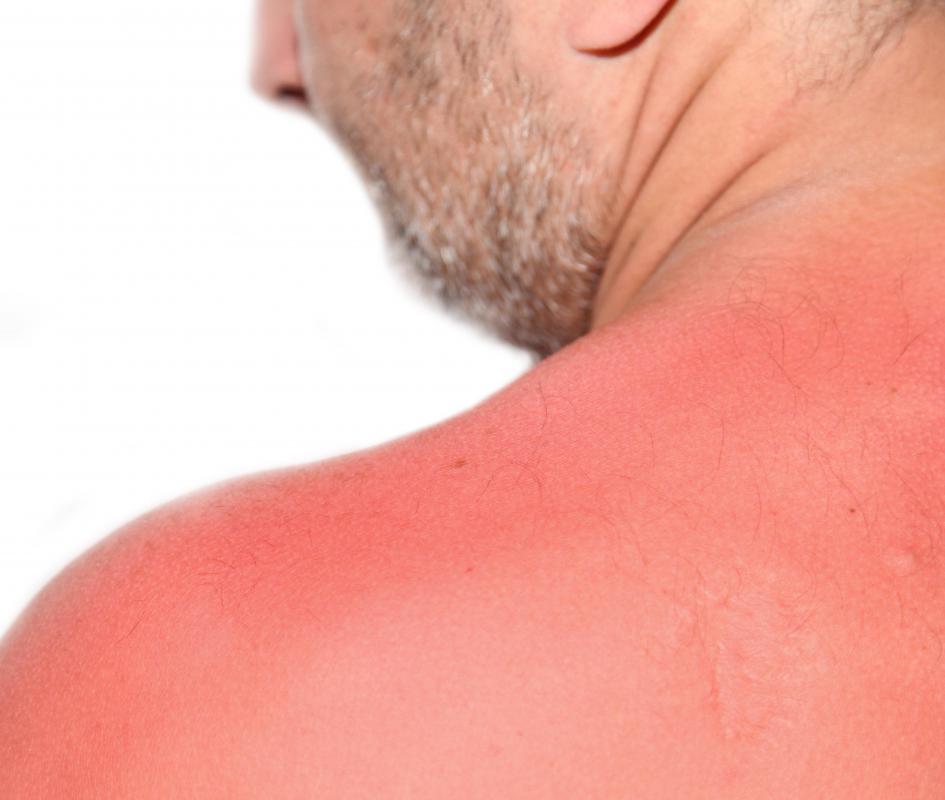At WiseGEEK, we're committed to delivering accurate, trustworthy information. Our expert-authored content is rigorously fact-checked and sourced from credible authorities. Discover how we uphold the highest standards in providing you with reliable knowledge.
What Is a Skin Donor?
A skin donor is someone deceased who indicated his or her wishes during life to donate all or some organs after death to satisfy local transplantation needs. So-called skin banks typically do not accept skin donations from medical procedures like grafts after liposuction or amputation since it is much less costly to await a person's death. At that point, a specialized medical technician is trained to quickly obtain as much as 10 square feet (nearly 1 square meter) of donated skin for use in grafting procedures that are most often performed after serious burns.
According to the University of Michigan Trauma Burn Center, grafted skin comes from two sources. Autografts involve skin that is taken from other parts of the victim's body and transplanted over gaping lacerations or burns. Allografts are taken from cadavers who have been screened for disease and donation suitability. These people have registered a desire to donate their organs on their driver's license or through a reputable transplantation registry like the United States' donation program that is operated by the Department of Health and Human Services. Organ donations also can take place if the family of the deceased approves.

A skin donor's grafts will provide a valuable patch, even though the body's immune system most often rejects the foreign skin in one to three weeks. It lasts through a critical period, however, when the body needs bolstered protection against infection and a natural place for skin regeneration to occur. According to medical authorities, a fresh non-frozen skin donation, has the best longevity and protective qualities; however, frozen specimens are regularly used for grafting too, particularly when a fresh skin donor is not readily available.

Skin banks do not view an alive skin donor to be favorable, such as when a drastic loss of weight results in excessive flaps of skin. According to Alabama plastic surgeon Rob Oliver Jr. at his Plastic Surgery 101 Web site, alive skin pales in comparison to cadaver skin in regard to quality and surface area. UM's Trauma Burn Center adds cost-effectiveness to the list of benefits for cadaver-derived skin. In 2011, the center stated that it knew of no skin bank that was willing to accept the donation of alive skin in return for the waiver of fees for tissue reduction surgery.

A skin donor's bequest is often suspended in a preserving liquid. This can maintain the skin's freshness for about two weeks. Before that time expires, unused grafts will be frozen after so-called cryoprotectants are added to facilitate a process that can preserve skin for as long as five years.
AS FEATURED ON:
AS FEATURED ON:













Discuss this Article
Post your comments